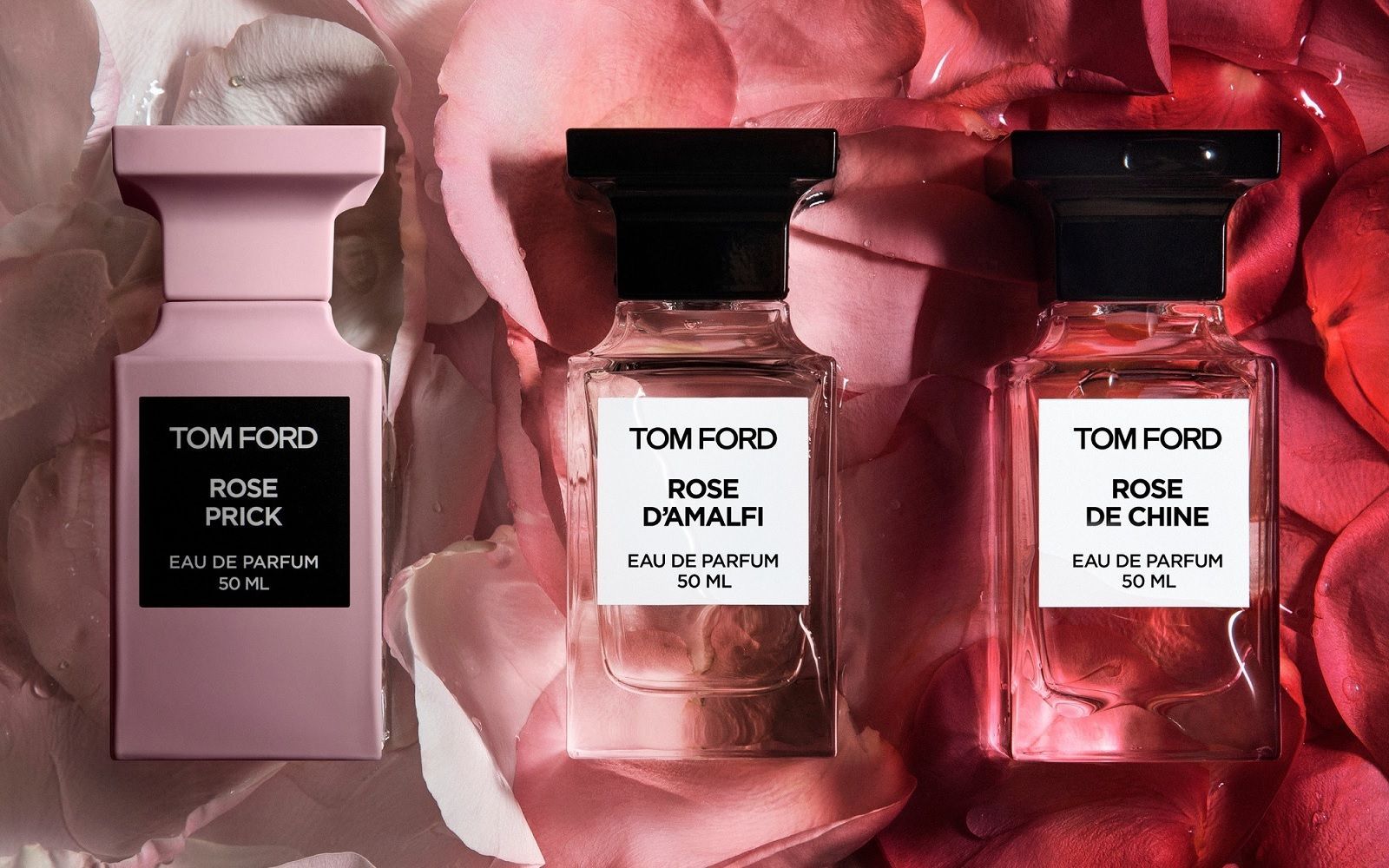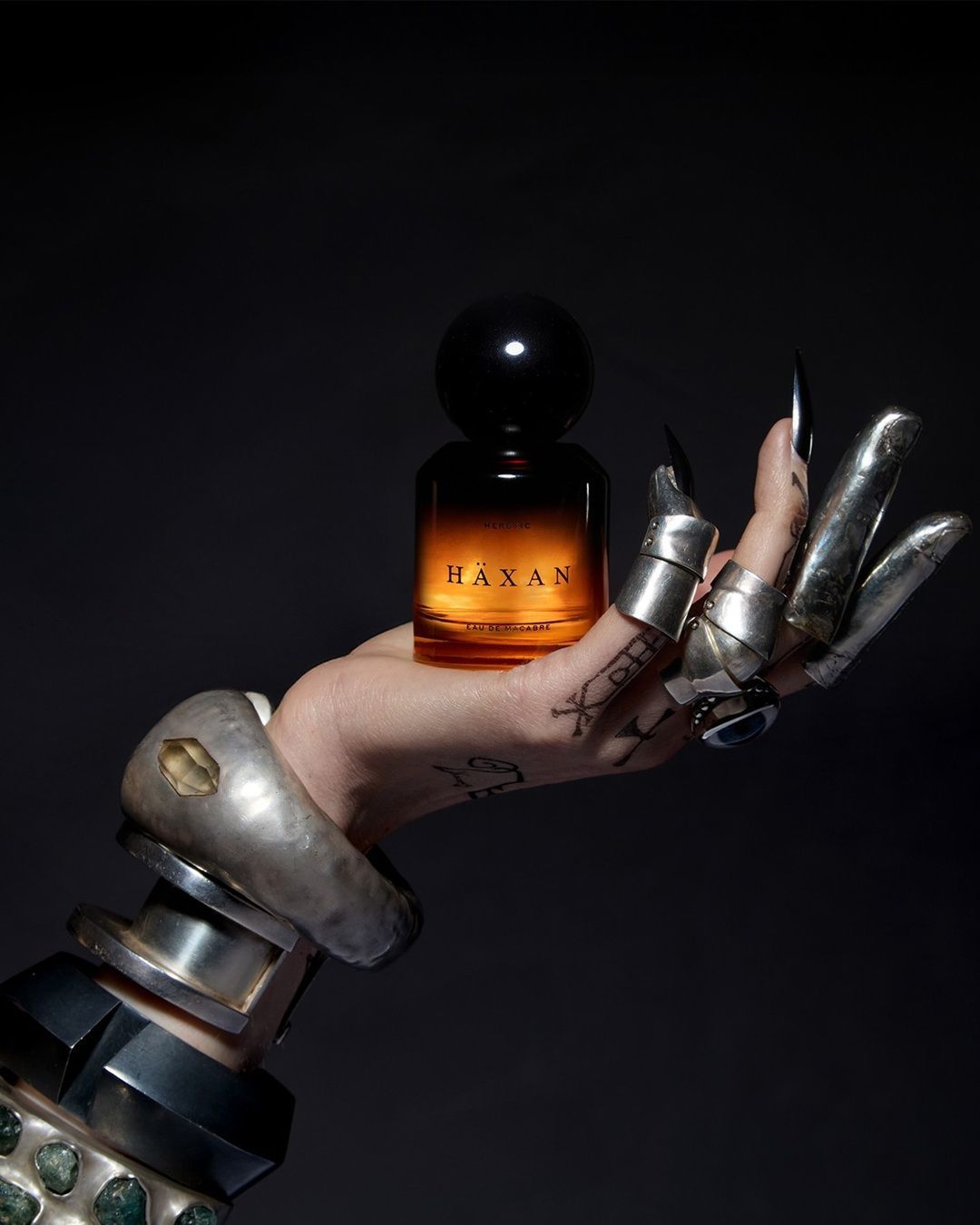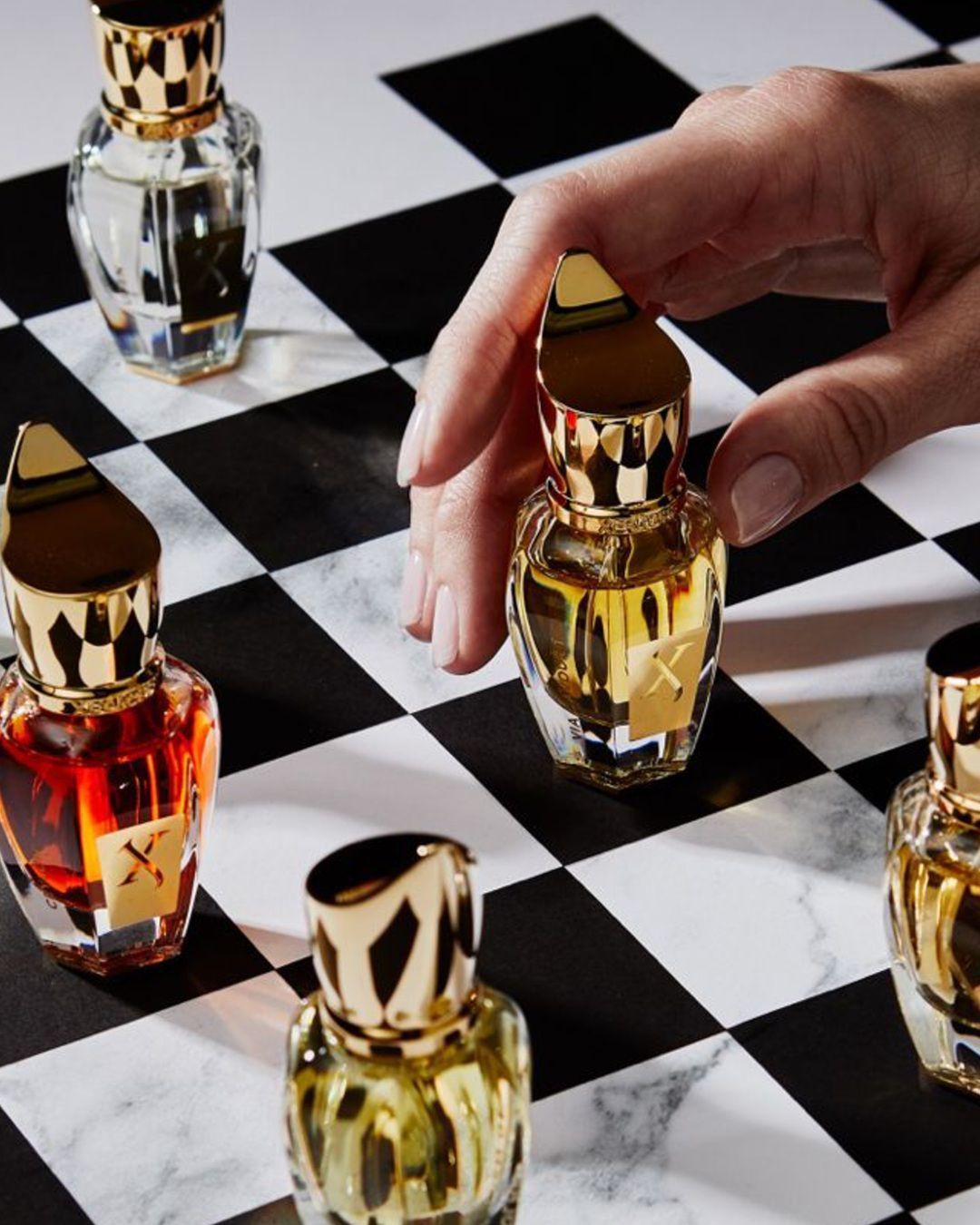
There is now a Wikipedia of perfume Puig presents WikiParfum, a digital platform that allows you to virtually discover the smell of a fragrance
Think of Wikipedia, but for perfumes, a platform that allows you to discover all the details about a fragrance, from its composition to the perfumer who created it. It is called WikiParfum and was first launched in 2020, but now Puig who created it has made a 2.0 version, better, available in 7 languages on both the website and the mobile app (on Google Play and App Store), and even more interactive. The digital platform allows all users to browse, compare and choose fragrances from a constantly updated library that currently includes almost 20,000 fragrances, 1,460 olfactory ingredients and 900 brands and is constantly being updated. The database behind the complex analytical system, which was developed in collaboration with Fragrances of the World, the largest independent guide to the classification of fragrances by fragrance expert and historian Michael Edwards, allows users to explore the details of many fragrances, resulting in a page containing its olfactory profile including the perfumer, key ingredients, price and classification.
WikiParfum tries to make every fragrance visible. Thus, when a user searches for a particular perfume on the website or app, a digital tool draws on 1,400 photographs of raw materials used in perfumery and presents the various ingredients that make it up. The larger the image, the more dominant that ingredient is. Also, if it is displayed against a black background, it means it is intense; less so if the background is white. In addition to the visual data, other key information is provided, such as the olfactory family of the perfume, its main ingredients, the perfumer who created it, the price range and a selection of related fragrances with similar ingredients. The whole thing works just like an interactive encyclopedia, so you can expand your knowledge via links leading to other content on the platform, discovering everything from the origins and history of the raw materials of perfumery to biographies of well-known perfumers and their most famous creations, as well as news about the latest fragrance trends and upcoming releases.
Other functions of WikiParfum include helping users discover perfumes they might like based on their olfactory tastes. When creating their account, they are asked to select their two favorite fragrances, which helps the app determine the fragrance family and ingredients to recommend a selection of possible favorite perfumes to buy or give as gifts. The bar reader in the mobile app (EAN.Nose), on the other hand, is designed for in-store use. By scanning the label of a perfume at the point of sale, shoppers can learn about the characteristics and 'see' the scent of the fragrance and, with this information, be guided in their purchases. Finally, completing the WikiParfum platform is AirParfum, an airborne fragrance system that Puig launched in 2018, again for use in shops. Its purpose is to obviate the olfactory saturation one feels after trying several perfumes in a row. As Puig explains, AirParfum converts purified air into scented air, allowing people to test one scent after another without confusion or sensory fatigue.

























































